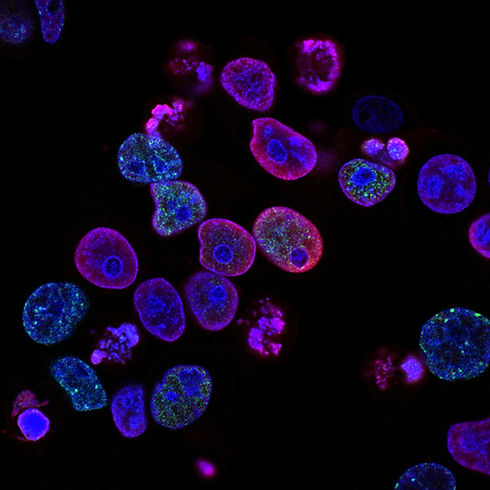NANOTHERAPEUTICS HUB - ASSAY CAPABILITIES
Below, is a brief description of the types of assays and, biological, characterisation we can offer.
Please, get in touch if you think we can help.
BIOBURDEN
Endotoxin, and microbial contamination, can be common occurrences in a laboratory setting. It is possible that such contamination may affect further immunological assays and therefore we have validated methods to examine possible microbial and/or endotoxin contamination, including pther pyrogens such as lipoteichoic acid and nucleic acids

IMMUNOLOGY
Immunotoxicology assessment is an integral component of API and nanoformulation development. We utilise a number of validated in vitro and ex vivo assays that have good correlation with in vivo effects including, but not limited to, leukocyte proliferation, cytokine secretion, complement activation, macrophage function/phenotype, dendritic cell maturation, immunophenotyping, phagocytosis, leukocyte procoagulant activity

HAEMATOLOGY
In addition to impact on immunological function we can also assess blood contact properties of newly developed conventional and nanoformulated APIs. Haemolysis, platelet activation and leukocyte/monocyte interaction (flow cytometry), Interaction with plasma proteins (1D, 2D PAGE, proteomic analysis and flow cytometric analysis), plasma coagulation times, leukocyte procoagulant activity, haematological factors and parameters.

CYTOTOXICITY
Our protocols examine the cytotoxicity of tested compounds by measuring the reduction of MTT and lactate dehydrogenase release, among other methods. We alco have the capability to distinguich between modes of programmed cellular death such as apoptosis, pyroptosis, and necroptosis.

CELLULAR HEALTH
These assays examine cellular compatibility beyond cytotoxicity by measuring the impact of APIs or nanoformulations on aspects of cellular health that may not result in gross cytotoxicity such as mitochondrial membrane polarisation, oxidative stress (reactive oxygen species and reduced glutathione), caspase activation (poly-caspase, caspase-1 and caspase-3 and -7), autophagy

MECHANISTIC ASSAYS
To, more fully, understand the results from other assay groups we offer, we can support mechanistic investigations such as cell signalling, proteomics, metabolomics, and bioenergetics. Utilising these approaches, to define interactions and implications.

ASSAY, AND MODEL, DEVELOPMENT
We are in the process of developing, and validating, a number of assays and model systems that better replicate parenteral administration routes such as the skin. Get in touch to see if we can help!
